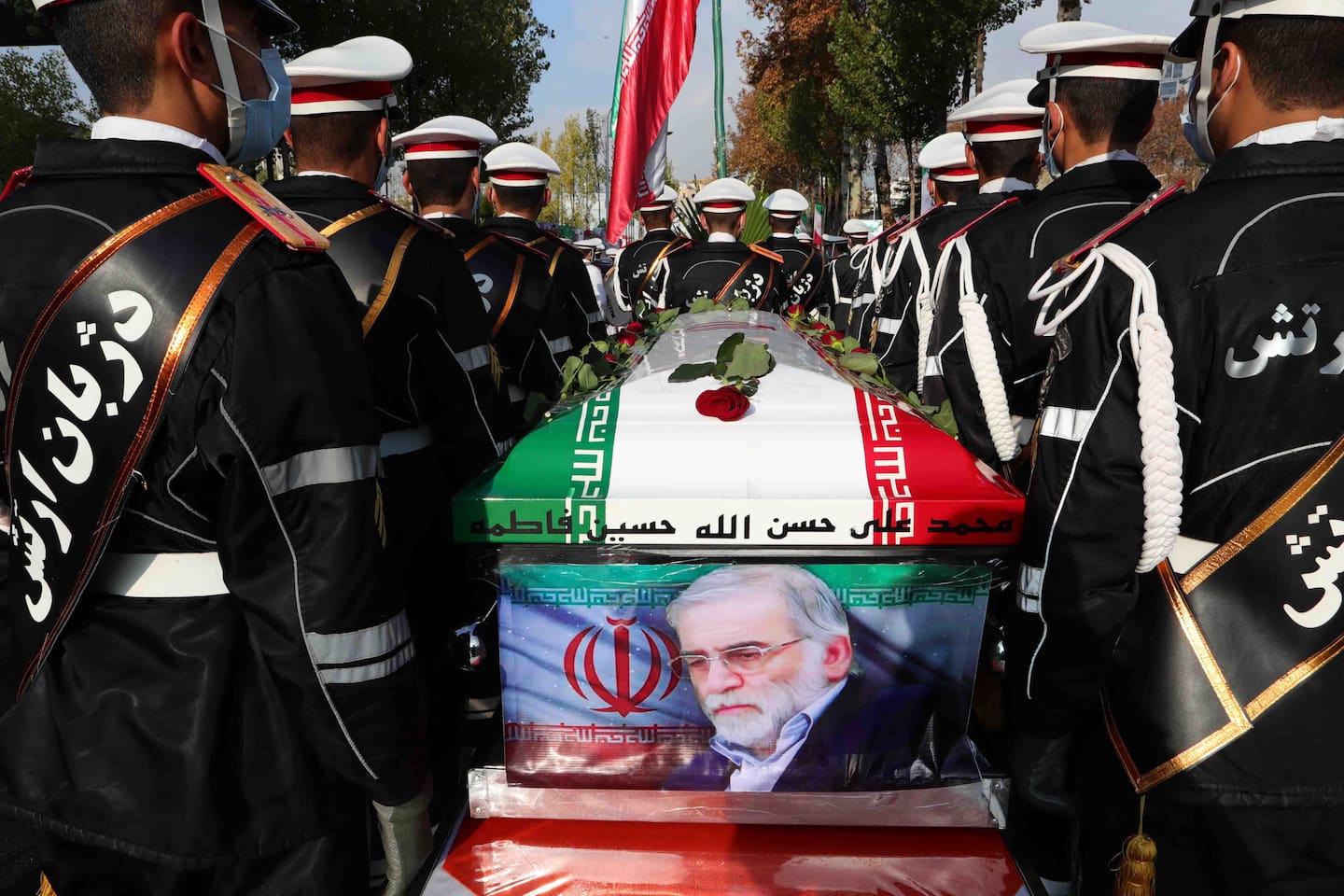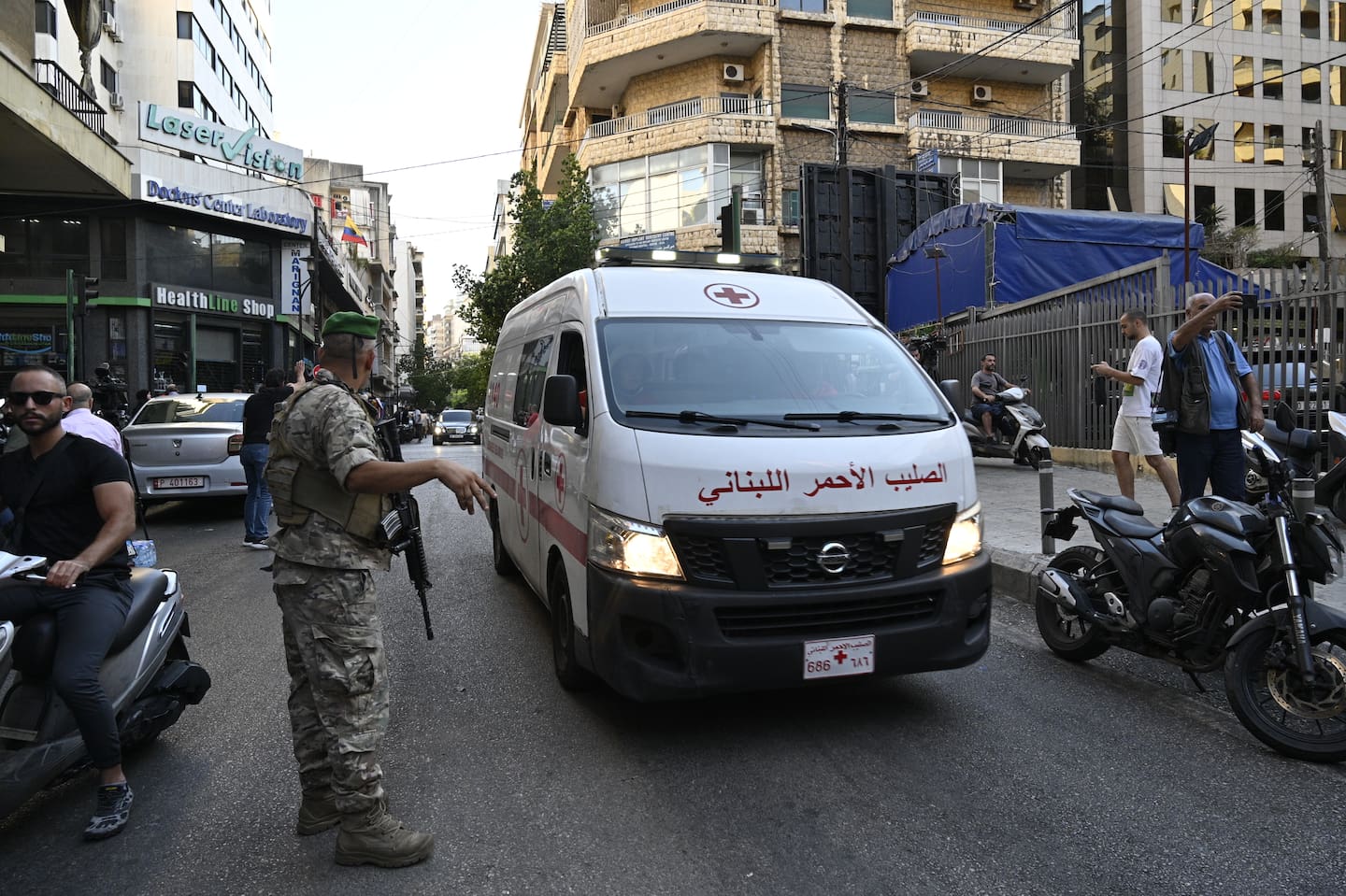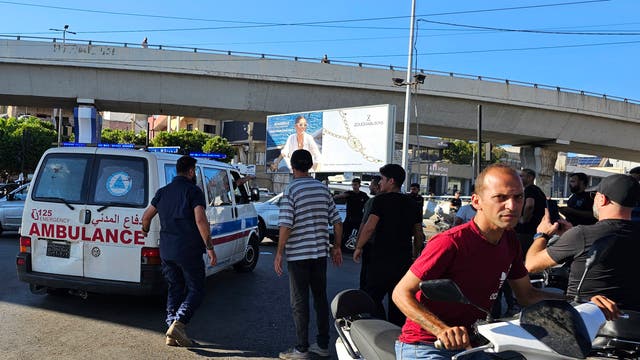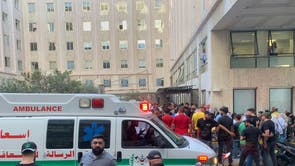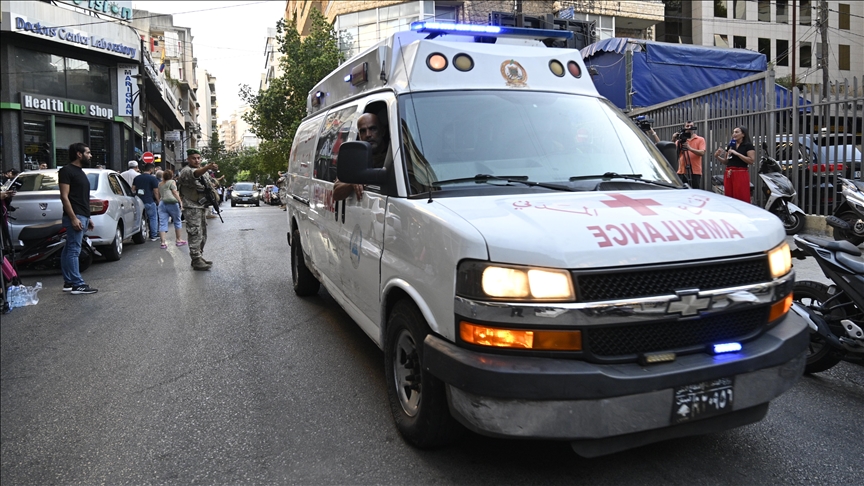Vietnam commitment to green economy undermined by targeting of activists
2024.09.17
 The Vinh Tan coal power plant in southern Vietnam's Binh Thuan province, April 23, 2019.
The Vinh Tan coal power plant in southern Vietnam's Binh Thuan province, April 23, 2019.Read a version of this story in Vietnamese
The Vietnamese government recently reaffirmed its goal of transition to a green economy, but activists have questioned the commitment as the one-party communist nation continues imprisoning and detaining climate advocates.
In a letter released by the U.N. Human Rights Office on Tuesday, Ambassador Mai Phan Dung, the head of Vietnam’s Permanent Mission at the United Nations, said Vietnam was among the countries most affected by climate change and that the Vietnamese government “recognizes the connection between climate change and human rights.”
The statement was made during an interactive dialogue on the Human Rights High Commissioner’s annual report at the U.N. Human Rights Council’s 56th session in June 2024.
“We are committed to achieving net-zero carbon emissions by 2050 and transitioning to a green economy while providing assistance to vulnerable groups, ensuring access to affordable energy and sustainable livelihoods, and maintaining transparency with a holistic, participatory, and just approach to the energy transition,” the ambassador’s letter said.
Mai Phan Dung also affirmed that Vietnam strongly supports the basic principles of universality, fairness, objectivity, non-selectivity and non-interference in internal affairs and was committed to promoting sincere dialogue and effective cooperation with all member states and U.N. human rights mechanisms.
Activists remain skeptical
In 2021, Prime Minister Pham Minh Chinh committed to reducing net carbon emissions to zero by 2050 and transitioning from fossil fuels to clean energy at the U.N. Climate Change Conference of the Parties in Glasgow, Scotland.
According to the U.N. High Commissioner for Human Rights, committed governments must “take measures to ensure that everyone can participate effectively in shaping climate policies at the local, national, and international levels” to implement climate policies effectively.
But since 2021, Vietnam has arrested and imprisoned at least six prominent climate activists on charges of “tax evasion” or “document appropriation,” which many international organizations regard as “fabricated” and “politically motivated.”
RELATED STORIES
Vietnam sentences environmental activist to 3.5 years in prison: rights group
Vietnam’s clean energy transition is failing, pressure group says
Scores killed by Asia’s most powerful storm of the year
2 Vietnamese political prisoners push for better conditions
Before their arrests, the six played significant roles in persuading the Vietnamese government to commit to decarbonizing the country’s economy and achieving net-zero emissions by 2050.
“The government made the commitments but kept its old stance, not allowing civil society organizations to operate freely and contribute ideas and environmental protection plans nor to expose violations and risks threatening the future of Vietnam’s environment,” said a civil society activist from Hanoi, who wished to remain anonymous due to security concerns.
“Without these freedoms, their targets and commitments are merely empty promises.”
‘Bluff and bluster’
Phil Robertson, director of the Asia Human Rights and Labor Advocates, told RFA that Ambassador Dung’s statement contradicts what is happening in his home country.
“The Vietnamese government engaged in world class hypocrisy at the U.N. Human Rights Council by claiming that it cares about the rights implications of global warming while at the same time holding in prison the most senior civil society advocates who were pressing Vietnam to change its national energy policy away from fossil fuels,” he said.
“It’s clear that the Vietnamese government thinks it can bluff and bluster past any objections to its human rights record in Geneva. That’s why Vietnamese diplomats say one thing in Geneva when they know the exact opposite is the real truth of what is happening back home.”
Robertson called on the international community to stop accepting Hanoi’s “blatant lies” about their human rights record, and demand accountability, starting with the immediate and unconditional release of all climate change advocates in Vietnam.
In a conversation with RFA, Germany-based writer and journalist Vo Thi Hao said she is skeptical of Hanoi’s determination to carry out its commitments as it is “imprisoning environmental activists with heavy and unreasonable verdicts.”
Hao said that landslides caused by flash floods in multiple northern provinces in Vietnam in the aftermath of Typhoon Yagi were manifestations of environmental destruction over the past decades. She pointed to deforestation and the rampant construction of hydropower dams as significant causes.
Translated by Anna Vu. Edited by Joshua Lipes and Malcolm Foster.






